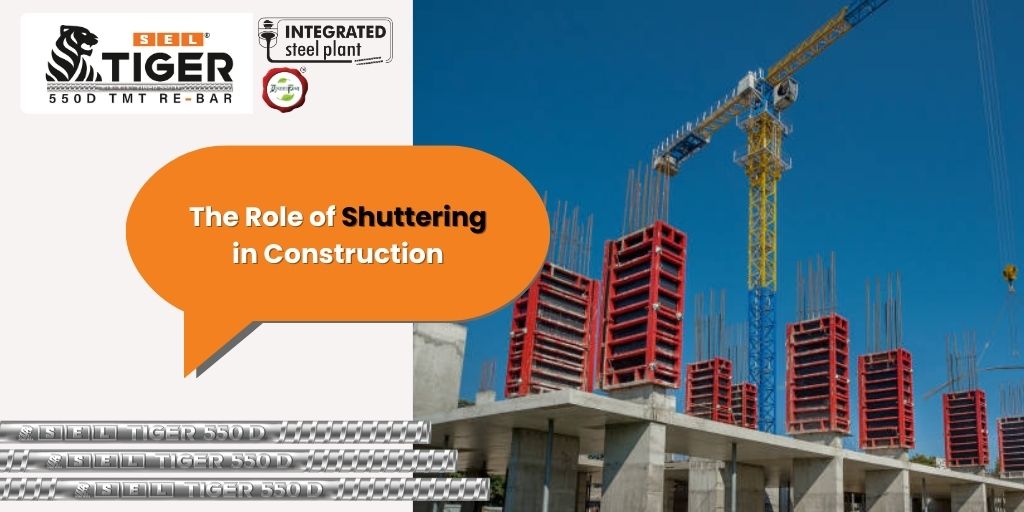
Have you ever thought about how concrete structures are formed with such a high degree of accuracy? That is where shuttering comes in – it is a temporary mould cast to the concrete where stiff brand-new concrete is cast to take the desired shape as it forms before it is hardened. Frequently, it is the key to every construction such as the ground of a house, tall pillars and even elaborate bridges. Whatever the case, shuttering offers the structures’ base, making them strong and permanent. In this blog, let me take you through a deeper understanding of shuttering, how it works for you, and where it cannot be done without it.
It is crucial indeed to grasp different types of shutters, their significance and the ways it is applied as it greatly determine the quality, speed up the process, and safety of constructions.
These are the various types of shuttering you can consider:
Timber shuttering is among the oldest traditional options of formwork. It is built from wooden planks and is very easy to put up and take down. It also comes in any shape and size due to this flexibility.
Steel shuttering is one of the most durable ones that are used in construction. It is reusable and can handle considerable weight, and therefore can be used in large projects.
In many instances, timber shuttering is faced with plywood. We have found out that it has a smooth surface and is also relatively lighter than the other types of roofing sheets.
Aluminium shuttering is lightweight and durable. It is easy to handle and transport even if it is larger and reduces transportation costs while in the long run, it is economical due to the high reusability of the material.
As for plastic shuttering, the tendency is caused by such advantages as low weight, high strength and the possibility of washing the forms easily. It cannot absorb moisture as well as chemicals and therefore is well suited to any environment.
One major advantage of plastic formwork is that it is so suitable in areas where there is a need for the formation of specialised shapes as well as sharp contours.
During construction it provides the concrete structure the right shape and support it requires for proper setting. Let’s study them in detail:
Shuttering is useful in construction and is critical to the stability of a construction project. Since it has a stated area, it creates a stable form for concrete to be poured, hardened and gain the correct strength.
The quality of the shuttering will determine the quality of the surface finish produced on the concrete. If the formwork is smooth and in good condition, there will be less surface treatment and finishing work.
Proper selection and use of shuttering can reduce the construction period to a very large extent. Hence, aluminium or plastic shuttering used in the construction of prefabricated formwork can easily be fixed and removed, and this reduces the costs of time and labour.
Where thickness allows, the formwork should also be strong enough to support the load during casting and remain intact as the concrete dries. This in turn minimises the chances of accidents within the construction site.
Read Also: Importance of Accurate Bar Bending in Modern Construction
Shuttering is well applied in numerous construction operations like the forming of foundations, columns, beams, and slabs. It assists in the fabrication of accurate geometric forms and sizes required when assembling the structural and support components of these structures.
Shuttering has paramount importance since it provides accuracy, strength, and guaranteed stability in construction. Concrete gives form and support from tooth foundations to curved structures to put them perfectly into place.
RCC shuttering is the mould cast, employed for a while to pour the concrete. It is a vertical or horizontal setup prepared to hold the concrete in place till the same attains strength & shape.
There can be no doubt that shuttering is a very important aspect when it comes to the structural side of a construction project. It simply helps create a mould where concrete can cure in the intended shape and strength.